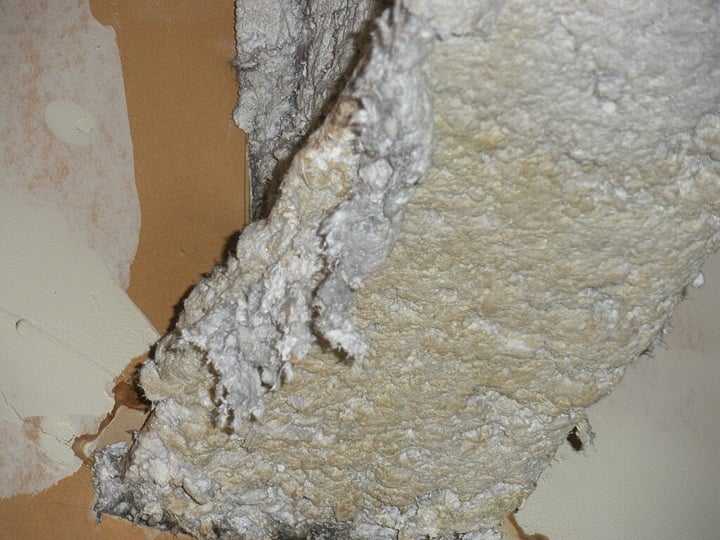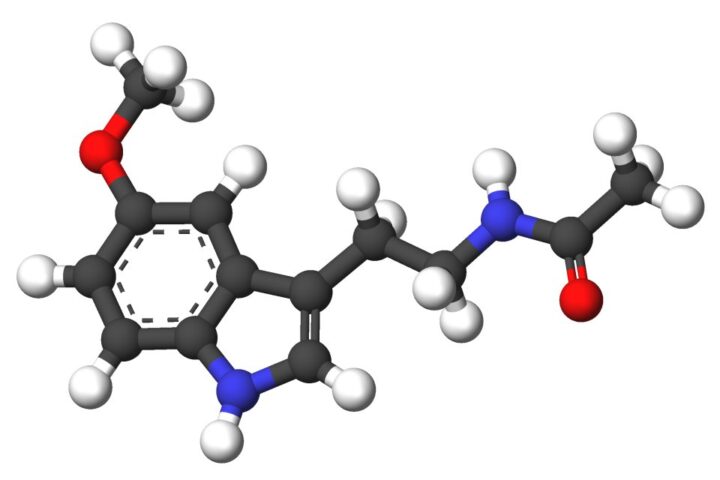The brake pads on your car or the chemicals keeping your tap water clean might still contain chrysotile asbestos—a mineral linked to thousands of preventable deaths each year. This spring, the EPA announced it will re-evaluate its own ban on this substance, opening a new chapter in the decades-long asbestos story.
The Ban and Its Reconsideration
In March 2024, the Biden administration finalized rules to ban chrysotile asbestos, the last form of asbestos still used in the United States. By June 2025, the EPA filed court documents announcing a 30-month “reconsideration” of this ban—responding to petitions from industry groups including the Texas Chemistry Council and American Chemistry Council.
The original ban represented the first major restriction under the strengthened Toxic Substances Control Act (TSCA), targeting a material conclusively linked to mesothelioma, lung cancer, and other fatal diseases. The rules gave eight chlor-alkali facilities using asbestos diaphragms up to five years to phase out the carcinogen.
Health Data Tells the Story
Chrysotile asbestos continues to exert a measurable toll on American health. CDC data confirms 2,803 new mesothelioma cases reported in 2021, with the vast majority linked to asbestos exposure. From 1999 to 2015, annual mesothelioma deaths increased from 2,479 to 2,597, reflecting the persistent legacy of past exposures.
Current OSHA standards limit workplace exposure to 0.1 fibers per cubic centimeter of air (8-hour time-weighted average), with a short-term excursion limit of 1 fiber per cubic centimeter over 30 minutes. These standards aim to reduce—but don’t eliminate—workplace risk.
Public health experts note the 20-50 year latency period for asbestos-related diseases, meaning exposure today might not cause visible health effects for decades.
Similar Posts:
Global Context
While the U.S. debates its asbestos policy, over 50 countries worldwide have already fully prohibited chrysotile asbestos. The entire European Union, Japan, Australia, and dozens of other nations have enacted comprehensive bans on the substance.
Industry Perspective
The U.S. chlor-alkali industry relies heavily on diaphragm technology containing chrysotile for chlorine production. This chlorine is essential for water treatment, pharmaceuticals, and manufacturing processes across the country.
Eight U.S. plants still use asbestos diaphragms and were previously granted up to five years from March 2024 to complete the phase-out. Industry groups have argued that while alternatives exist—such as membrane technologies—transitioning requires significant capital investment and time.
Two-thirds of U.S. chlorine is already produced without asbestos, demonstrating that alternative technologies are viable and in use.
Environmental Justice Considerations
The reconsideration has particular implications for communities living near chlor-alkali facilities, which are often located in areas with environmental justice concerns.
Regions like Louisiana’s “Cancer Alley” have long raised concerns about industrial emissions and health impacts. While specific mesothelioma rate comparisons for these communities aren’t officially documented, EPA’s environmental justice screening tools do identify these areas as facing multiple environmental burdens.

EPA Leadership Changes
Some environmental advocates have noted that Lynn Ann Dekleva, the EPA official leading the reconsideration, previously worked for the American Chemistry Council—one of the industry groups that petitioned against the ban. This connection has raised questions about potential conflicts of interest in the review process.
What Happens Next
While the reconsideration proceeds, EPA is simultaneously advancing its “Part 2” risk evaluation on legacy asbestos uses—like existing insulation and cement products.
The exact timeline for public comments on the reconsideration hasn’t been published yet, but TSCA procedures typically include opportunities for public input before any final decision.
For now, concerned citizens can track the process through EPA notices and stay informed about facility compliance in their communities as the agency weighs health protections against industry concerns.


















